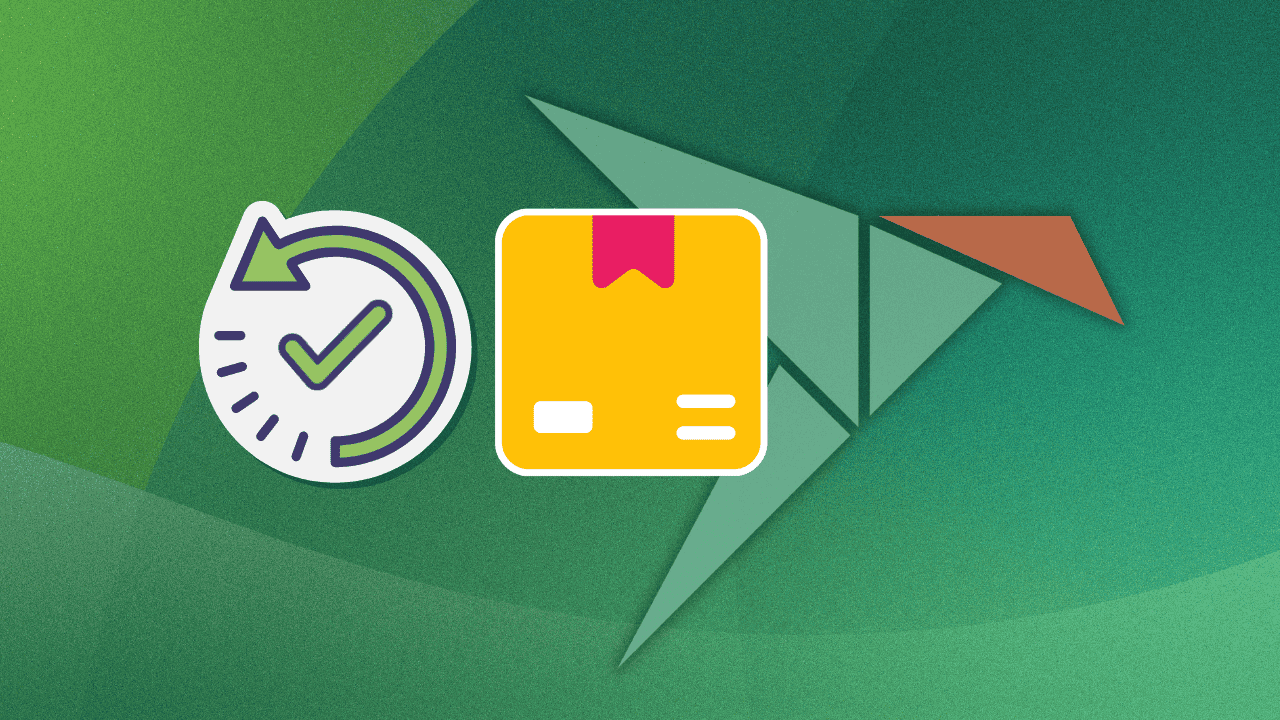Backup and Restore Your Flatpak Apps & Settings Between Distro Switch and Reinstalls

Flatpak has pretty much become the de-facto standard for universal packages on the Linux desktop, with an increasing number of distros supporting the format in their default installs. Yet, even with how easy it is to install and update Linux apps with Flatpak, moving them to a new system can be tricky, especially if you’ve installed dozens over time.
Sure, you could list and reinstall everything manually, but that’s tedious work, and easily prone to human error. Fortunately, there’s a simple way to export your Flatpak apps, remotes, and even overrides so you can recreate your setup on another machine with just a few commands.
You can even backup and restore your settings on another system.
1. Exporting your Flatpak apps
On the system where you’ve got all your apps, you’ll first want to save a list of your installed apps as Flatpak “refs”, including where each one is installed. Flatpaks can be installed either system-wide (and thus available to all users) or per-user. The process is different depending on whether you’re running a single-user set up, or if you have to back up and restore for multiple users.
For single-user systems
This assumes you have no other users on your system. Backup both user and system apps you have access to.
flatpak list --app --columns=installation,ref > flatpak-apps.txt
For a multi-user setup
First, you’ll need to copy any system-level installations:
# Backup only system-installed apps
flatpak list --system --app --columns=ref > flatpak-apps-system.txt
Next, copy any user-installed Flatpaks. You’ll need to do this for every user individually. Have each user run this to backup their personal installations.
flatpak list --user --app --columns=ref > flatpak-apps-user-$USER.txt
Then, back up your Flatpak remotes (the repositories your apps came from):
flatpak remotes --columns=name,url > flatpak-remotes.txt
Each Flatpak app has a unique “ref” (short for “reference”) that identifies its source, branch, and architecture. Saving these ensures you reinstall the exact same apps later.
Exporting your overrides (optional)
Overrides are the individual settings that you can modify for each Flatpak with an app like Flatseal. By exporting all overrides together at once, you can preserve your settings across installs.
To do this, you can run the following command:
# Export Flatpak overrides to a file
flatpak override --show > flatpak-overrides.txtYou can later restore these overrides on your target system.
Exporting your app data
Flatpak app data, like configuration files and saved sessions, is stored in ~/.var/app/. You can copy this folder to your target system any time you want to transfer your app settings. For individual apps, you can copy their individual folders.
For example, for GIMP, you can copy ~/.var/app/org.gimp.GIMP.
2. Preparing the target system (optional)
It goes without saying, but if you’re going to transfer your Flatpak apps to another system, you should ensure that the target system has Flatpak support. To check this, you can run:
# Check if Flatpak is installed
flatpak --version

If you got a version number, you’re good to go. Most popular distros, including Fedora, Mint, and Pop!_OS, have Flatpak preinstalled.
If you’re planning on migrating to a fresh installation of Ubuntu, you’ll need to install Flatpak first:
# Install Flatpak
sudp apt -y install flatpak3. Recreating your setup on the new system
On your new Linux install, the first step is to re-add your Flatpak remotes:
# Add saved Flatpak remotes
while read -r name url; do
flatpak remote-add --if-not-exists "$name" "$url"
done < flatpak-remotes.txtRemember to run this command in the same directory where you have your flatpak-remotes.txt saved.
Reinstalling your apps
Once you’ve added your Flatpak remotes, you can now reinstall all your apps to their original locations:
# Restore Flatpaks:
while read -r inst ref; do
if [ "$inst" = "user" ]; then
flatpak install -y --user "$ref"
else
flatpak install -y --system "$ref"
fi
done < flatpak-apps.txtOnce this process completes, you can confirm that everything worked by running:
flatpak list --appYou can compare this output with your original flatpak-apps.txt file to verify all your apps are back.
Restoring overrides (optional)
If you’ve saved your Flatpak overrides, you can restore them by running:
# Restore your Flatpak Overrides
while read -r line; do
# Skip empty lines and comments
[[ -z "$line" || "$line" =~ ^# ]] && continue
flatpak override $line
done < flatpak-overrides.txt
Optional bonus for advanced users: Automating your setup
If you frequently install or test new Flatpak apps, you can automate this process so your backups stay up to date, and you can quickly move your apps to a new system at any time.
Create a simple script (e.g., ~/bin/flatpak-backup.sh):
#!/bin/bash
flatpak list --app --columns=installation,ref > ~/flatpak-apps.txt
flatpak remotes --columns=name,url > ~/flatpak-remotes.txt
flatpak override --show > ~/flatpak-overrides.txt
echo "Flatpak backup completed on $(date)" >> ~/flatpak-backup.log
Then, make the shell script executable:
chmod +x ~/bin/flatpak-backup.sh
Then schedule it to run weekly with cron:
crontab -e
Add this line (runs every Sunday at 10 AM):
0 10 * * SUN ~/bin/flatpak-backup.sh
This way, your Flatpak list and overrides stay current without any manual work.
Wrapping up
You now know how to quickly back up and migrate your Flatpak apps between systems in a clean, scriptable. It’s lightweight, doesn’t require extra tools, and makes distro hopping or system rebuilds much easier.
If you’d like to take this to the next level, here’s another quick tip: you can keep your Flatpak backup files in a version control system like git or a personal storage solution like Nextcloud. This way, if disaster strikes, you’ll be able to rebuild your app environment in minutes.
You can also backup and restore Snap packages in similar function.

I hope you find it useful 😄

